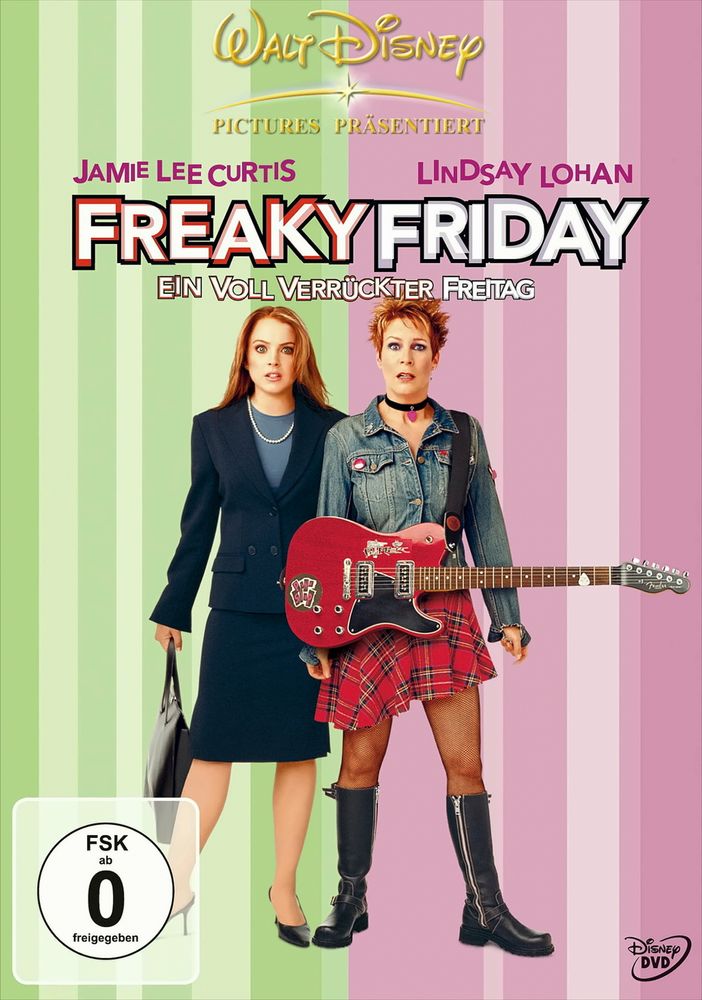
Introduction
The term ‘Freaky Friday’ has transcended its origins as a light-hearted children’s story to become a cultural phenomenon embraced by audiences of all ages. Dating back to 1972, when Mary Rogers published the book of the same name, this concept of body-swapping between a parent and child resonates with themes of empathy, understanding, and the humorous challenges of everyday life. Today, with several film adaptations and countless references in pop culture, ‘Freaky Friday’ remains significant in discussions about family dynamics and identity.
Historical Context and Adaptations
The original book inspired its first film adaptation in 1976, starring Barbara Harris and Jodie Foster. This version set the stage for the story to become a family favorite. However, it wasn’t until the 2003 adaptation starring Lindsay Lohan and Jamie Lee Curtis that ‘Freaky Friday’ truly captured the modern zeitgeist. The film grossed over $160 million worldwide and was praised for its engaging performances and humorous take on generational differences.
Each iteration of ‘Freaky Friday’ tackles the challenges both parents and children face, albeit in exaggerated circumstances. The 2003 film reignited interest in the narrative, leading to stage adaptations, musical renditions, and even a television remake. These adaptations have cemented the story’s relevance in discussions about family relationships and the importance of mutual understanding.
Freaky Friday in Pop Culture
The influence of ‘Freaky Friday’ extends beyond cinema. Numerous television shows including ‘The Simpsons’ and ‘Lizzie McGuire’ have parodied the concept of body-swapping, illustrating its versatility in humor and storytelling. Moreover, the notion of walking in someone else’s shoes has become a larger metaphor in pop culture, emphasizing the importance of empathy in our everyday lives.
The 2020 pandemic has given rise to a renewed interest in the themes of ‘Freaky Friday,’ especially as families have endured lockdowns together. The film’s message of understanding each other’s perspectives during frustrating times resonates now more than ever, providing comfort and entertainment.
Conclusions and Future Significance
As ‘Freaky Friday’ continues to captivate new generations, it highlights the ongoing need for connection and empathy in our complex social structures. Its ability to bridge generational divides through humor and relatable scenarios ensures that it remains relevant. Looking ahead, we can anticipate more adaptations, discussions, and explorations of this classic narrative, underlining how such stories can influence our understanding of family, identity, and communication.



